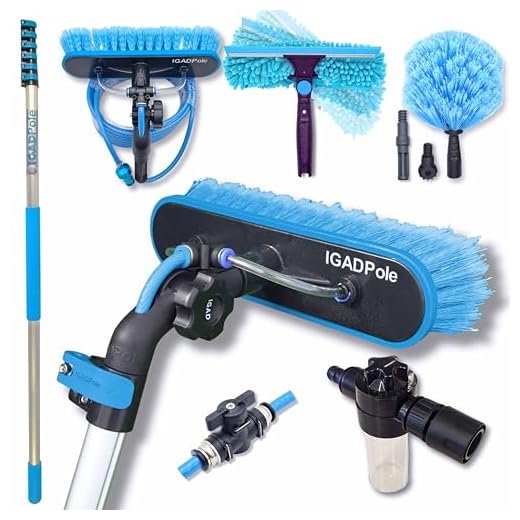



Absolutely, tackling the grime on external surfaces such as eaves and bargeboards can be effectively approached with a pressure washing unit. It’s vital to select the correct pressure setting and nozzle attachment to avoid any unwanted damage while also ensuring optimal results. A broad fan nozzle is usually the best choice as it disperses water evenly and reduces the risk of chipping or stripping paint.
Before proceeding, preparation plays a key role. Ensure all nearby plants and delicate fixtures are covered or moved out of the way to prevent any spray damage. Always test a small, inconspicuous area first to gauge how the surface will respond. A lower pressure combined with a cleaning solution specifically designed for exterior use can enhance the cleaning process, breaking down stubborn dirt while being gentle on the materials.
Utilising a ladder may be necessary to reach higher areas, but safety should never be compromised. A stable ladder and perhaps a buddy for extra hands can make the task much safer and easier. Maintaining a consistent distance from the surface helps avoid streaking and ensures a thorough clean.
Once the task is complete, it’s advisable to follow up with a rinse using a gentle setting. Regular maintenance can prevent the buildup of mould and debris, helping these elements not just look their best but also extending their lifespan considerably.
Understanding Fascias and Soffits: Purpose and Maintenance Needs
Fascias serve as a crucial barrier between the roof and the outside elements, providing structural support for roof tiles and acting as a protective cover for roof rafters. They play a significant role in a property’s aesthetics, contributing to the overall appearance of the home. Keeping these surfaces in good condition prevents moisture damage and enhances the longevity of roofing structures.
Soffits, often found beneath the eaves, have the primary purpose of ventilation. They help maintain airflow within the attic, preventing heat and moisture build-up, which can lead to mould growth and wood rot. Additionally, they contribute to the home’s insulation by controlling the internal climate, thus improving energy efficiency.
Regular inspections allow for early detection of dirt buildup, algae, or insect nests on these surfaces. An appropriate cleaning regimen can enhance their longevity and functionality. It’s advisable to remove debris, leaves, and other materials that may obstruct airflow through the soffits. This maintenance is vital to avoid costly repairs over time.
For those seeking to manage upkeep, choosing suitable cleaning agents is important–opt for non-corrosive solutions to protect the finishes of the fascias and soffits. Additionally, using a soft-bristled brush or cloth for manual cleaning can prevent scratching and preserve their appearance.
Given the importance of proper maintenance, establishing a cleaning schedule can help keep these areas free of dirt and functional, thus ensuring the integrity and performance of the roofing system in the long run.
Choosing the Right Pressure Washer for Cleaning Tasks
Selecting an appropriate cleaning device is pivotal. When tackling exterior surfaces, high psi (pounds per square inch) levels are necessary for removing stubborn dirt and grime. A model with at least 2000 psi is typically adequate for most outdoor tasks, ensuring efficient results without damaging surfaces.
Types and Features
Consider electric versus petrol options. Electric models are quieter and suitable for light to medium jobs, while petrol machines offer higher power, making them ideal for heavy-duty tasks. Look for adjustable pressure settings; this feature allows control over the force applied, helping to protect delicate materials.
Verify hose length as well. A longer hose offers greater flexibility, enabling users to reach high or distant areas without needing to move the apparatus frequently. Additionally, pay attention to the included nozzles; adjustable or interchangeable ones can enhance versatility for various surfaces.
Mobility and Storage
Weight and manoeuvrability are significant factors. Lightweight devices with wheels facilitate easy movement around the property. Compact models are preferable for storage, particularly for those with limited space.
Investing time in selecting the right equipment pays off in achieving optimal results. Evaluate usage frequency and types of surfaces to determine the best fit for your needs.
Preparing Your Area and Safety Measures Before Cleaning
Begin with assessing the worksite thoroughly. Remove any items that could obstruct the area, such as garden furniture, potted plants, or decorations. Ensure that the ground is clear and even to prevent accidents during the task.
Protect surrounding surfaces from potential debris and water damage. Cover windows, doors, and nearby plants with plastic sheets or tarps. This prevents any harsh chemicals or dirt from impacting your home or landscape.
Safety gear is non-negotiable. Wear safety goggles to shield your eyes from splashes and debris. A dust mask prevents inhalation of any fine particles. Gloves will protect hands from chemicals and slippery surfaces.
Before starting, assess the weather conditions. Avoid working during rain, strong winds, or extreme heat. Wet surfaces can be slippery, and adverse weather may make the task more dangerous.
Check the integrity of any ladders or scaffolding prior to use. Ensure they are stable and positioned on flat ground to minimise risks of falls. If working at heights, consider having a spotter to assist.
Ensure electrical sources are secure and not exposed to moisture. Disconnect any power sources if you’re near outlets or plugs to prevent short circuits.
Lastly, read the manual of your cleaning equipment for specific recommendations and safety precautions. Familiarity with the tools contributes to a secure and efficient operation.
Step-by-Step Guide to Cleaning Fascias with a Pressure Washer
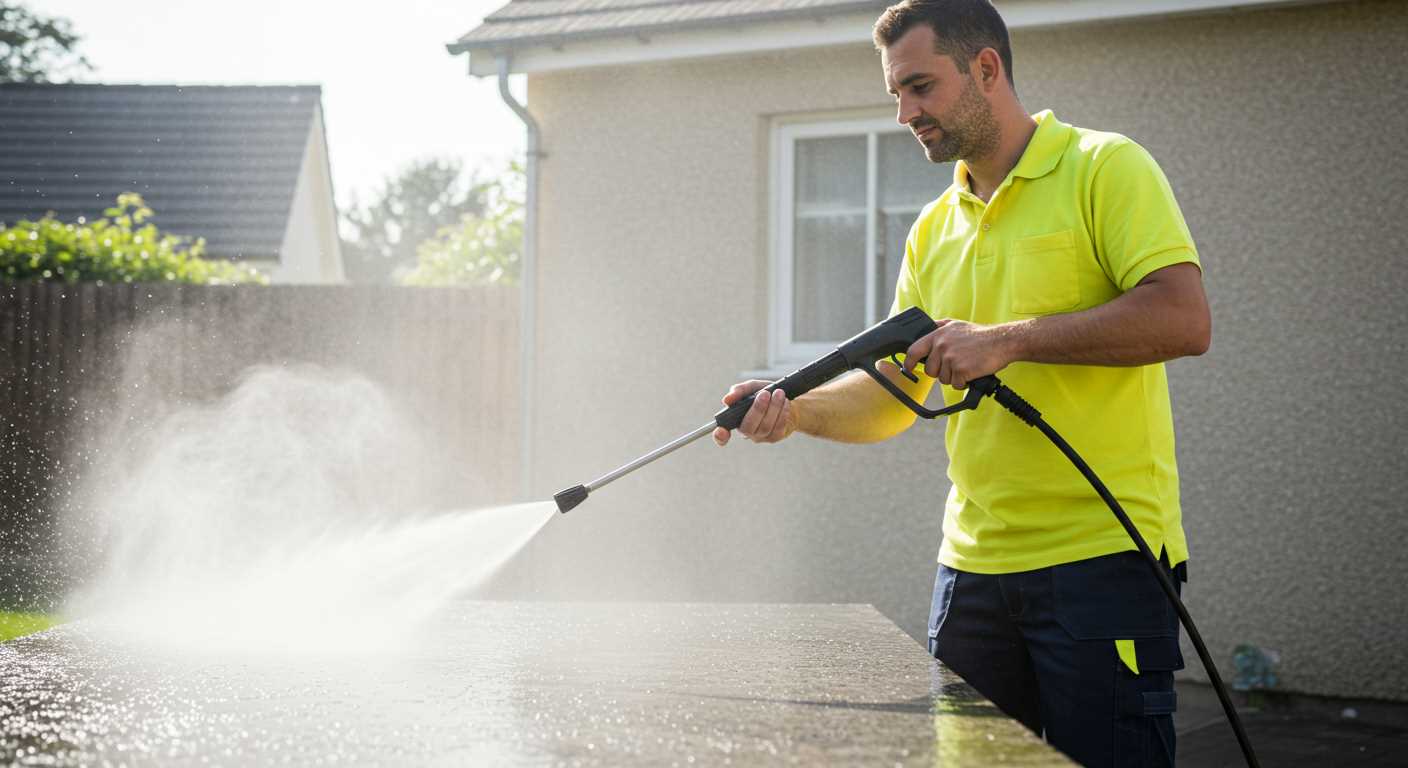
Begin by preparing the area beneath the eaves. Remove any obstacles such as plants, furniture, or debris that could hinder access or be damaged during the process.
Set up the equipment according to the manufacturer’s instructions, ensuring all connections are secure. Fill the tank with water and connect the hose to a water source, if necessary.
Select the appropriate nozzle for your task, typically a 25-degree or 40-degree spray tip will suffice for these surfaces. A wider spray helps prevent damage.
Before commencing, perform a test on a small, inconspicuous section to gauge the impact and ensure no paint or material is stripped away. Adjust the distance accordingly to avoid concentrated pressure that could mar the surface.
Position yourself at a safe distance, typically around 2-3 feet away from the surface. Aim the nozzle at a downward angle to enable the debris to flow away from the building rather than back onto it.
Start the machine and gently sweep the nozzle across the surface in a steady motion. Avoid lingering in one spot to prevent damage. Move from one end to the other in sections, working your way across the entire length.
After covering the entire area, check for any remaining dirt or stains and treat them with a specialized cleaner if necessary. Allow the cleaner to sit for a few minutes before rinsing it away with the machine.
Once finished, turn off the equipment and disconnect the hose. Rinse any residual cleaner from the surface and allow it to dry naturally.
Evaluate the results; a clear improvement should be visible. Regular maintenance will prolong the life of the materials and enhance the aesthetic appeal of the property.
Techniques for Safely Cleaning Soffits without Damage
Always inspect the surface first for loose paint or mould. A simple scrub with a soft brush will prepare the area. Adjustments to the angle of your nozzle can make a significant difference, helping to avoid damage while still providing sufficient cleaning force.
Utilising the correct detergent can enhance results without the risk of abrasion. Opt for eco-friendly solutions, as they are effective and safer for surrounding vegetation.
For delicate materials, keep the nozzle at a distance of at least 2-3 feet. This distance allows thorough cleaning while reducing pressure impact, preserving the integrity of the surface.
Control the spray pattern to avoid concentrating excessive pressure on any one area. Sweep across the surface instead of directing water in a single spot for too long.
Utilising a low-pressure setting can be beneficial when tackling stubborn stains. This method requires patience but is far less likely to cause damage compared to high-pressure cleaning.
Always work from the top down, which prevents dirty water from running onto cleaned surfaces. This technique ensures a more uniform result while minimising the need for re-cleaning.
| Technique | Recommended Action |
|---|---|
| Surface Inspection | Check for loose materials before starting |
| Detergent Use | Apply eco-friendly solutions |
| Nozzle Distance | Maintain 2-3 feet from the surface |
| Spray Control | Use a sweeping motion, avoid holding in one spot |
| Pressure Setting | Opt for a low-pressure setting for sensitive areas |
| Cleaning Order | Work from top to bottom |
Finish with a thorough rinse to ensure no detergent residue remains. This prevents streaking and ensures a polished appearance. Dry any areas as needed with a clean cloth to avoid water marks on the surface.
Common Mistakes to Avoid When Pressure Washing Exterior Features
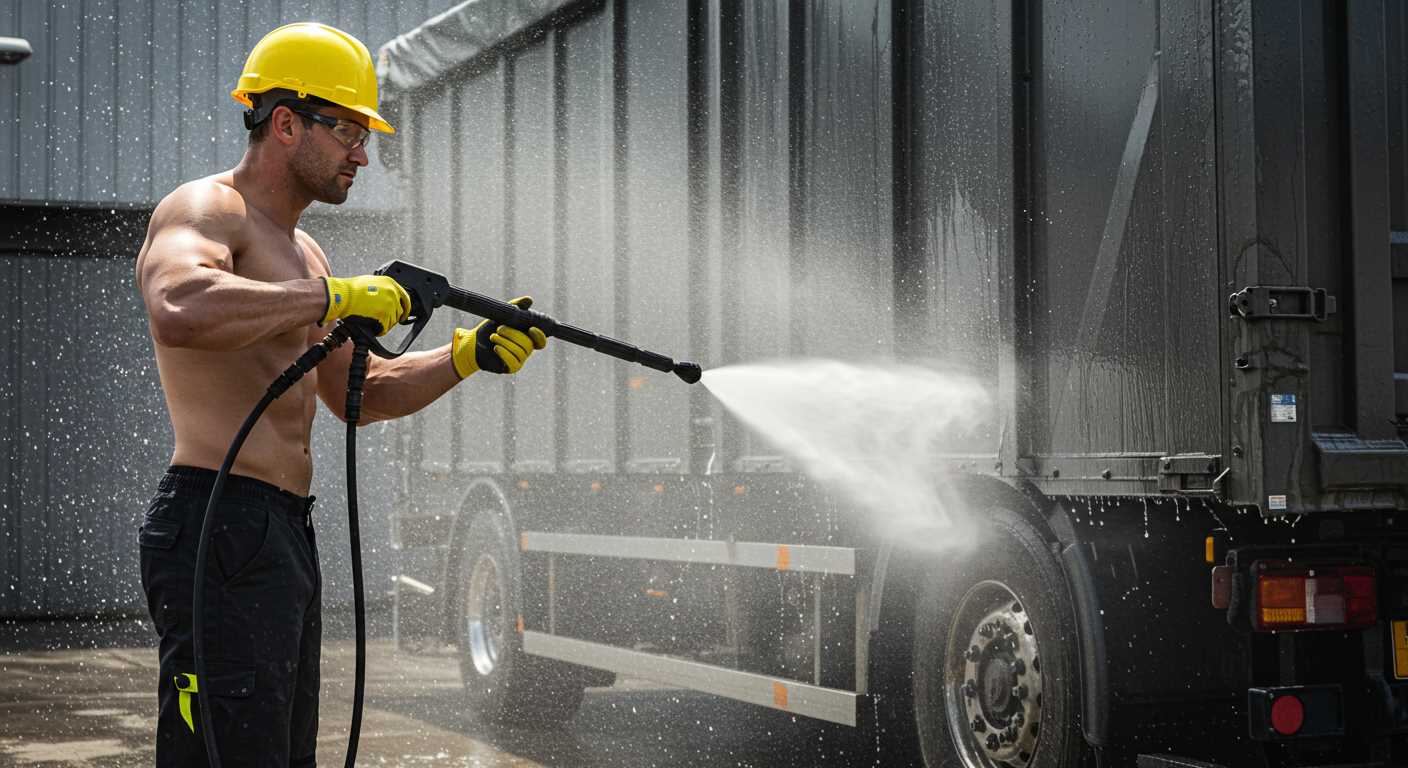
Prioritising the correct nozzle is vital for effective results. Opting for a fan spray instead of a narrow jet can prevent damage to surfaces.
Overlooking the distance between the nozzle and the surface often leads to unintended consequences. Maintain a safe distance to avoid striping paint or etching materials.
Ignoring the surface type can cause persistent stains. Conduct a quick test in a hidden area to gauge how the material responds before proceeding.
Neglecting to pre-soak with a suitable detergent can result in inadequate cleaning. Allow the solution ample time to penetrate grime before using high-pressure water.
Failing to inspect equipment before use can disrupt the working process. Examine hoses, connectors, and the power source to ensure everything functions properly.
Applying excessive pressure may lead to expensive repairs. Determine the optimal settings for the task instead of relying on maximum output.
Rushing through the process increases the likelihood of errors. Take the necessary time to address intricate areas thoroughly.
Not utilising protective gear puts personal safety at risk. Shield eyes and skin from debris and chemical exposure during cleaning routines.
Forgetting to rinse thoroughly can leave chemical residues on surfaces. Ensure all cleaning agents are completely washed away to maintain appearance and prevent deterioration.
Neglecting to adhere to manufacturer instructions for both the equipment and surfaces can lead to complications. Each setting may have unique requirements that need consideration.
Post-Cleaning Care: Protecting Fascias and Soffits from Future Build-up
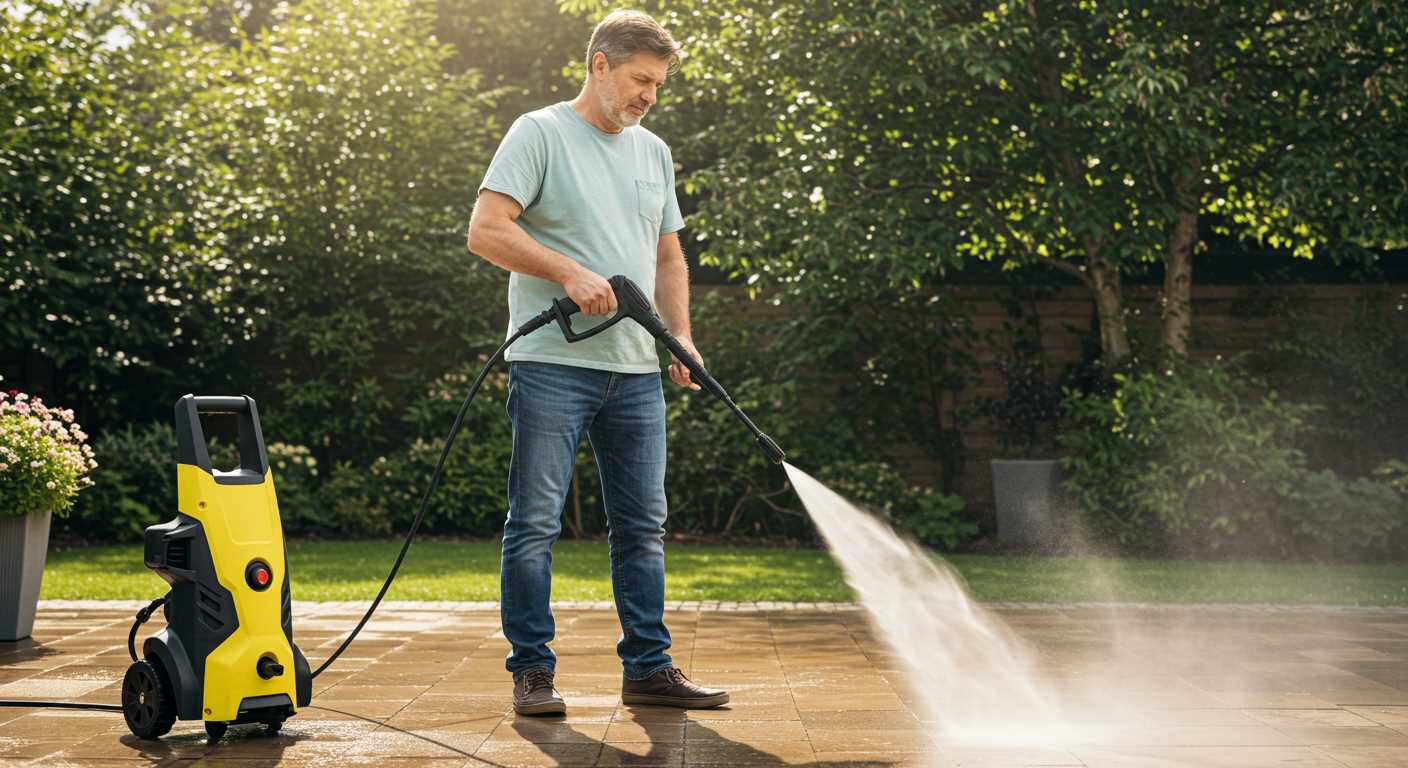
After completing the thorough washing, it is crucial to apply methods that prevent future dirt and grime accumulation. Regular maintenance not only extends the life of the materials but also keeps the exterior of the home looking pristine.
Application of Protective Coatings
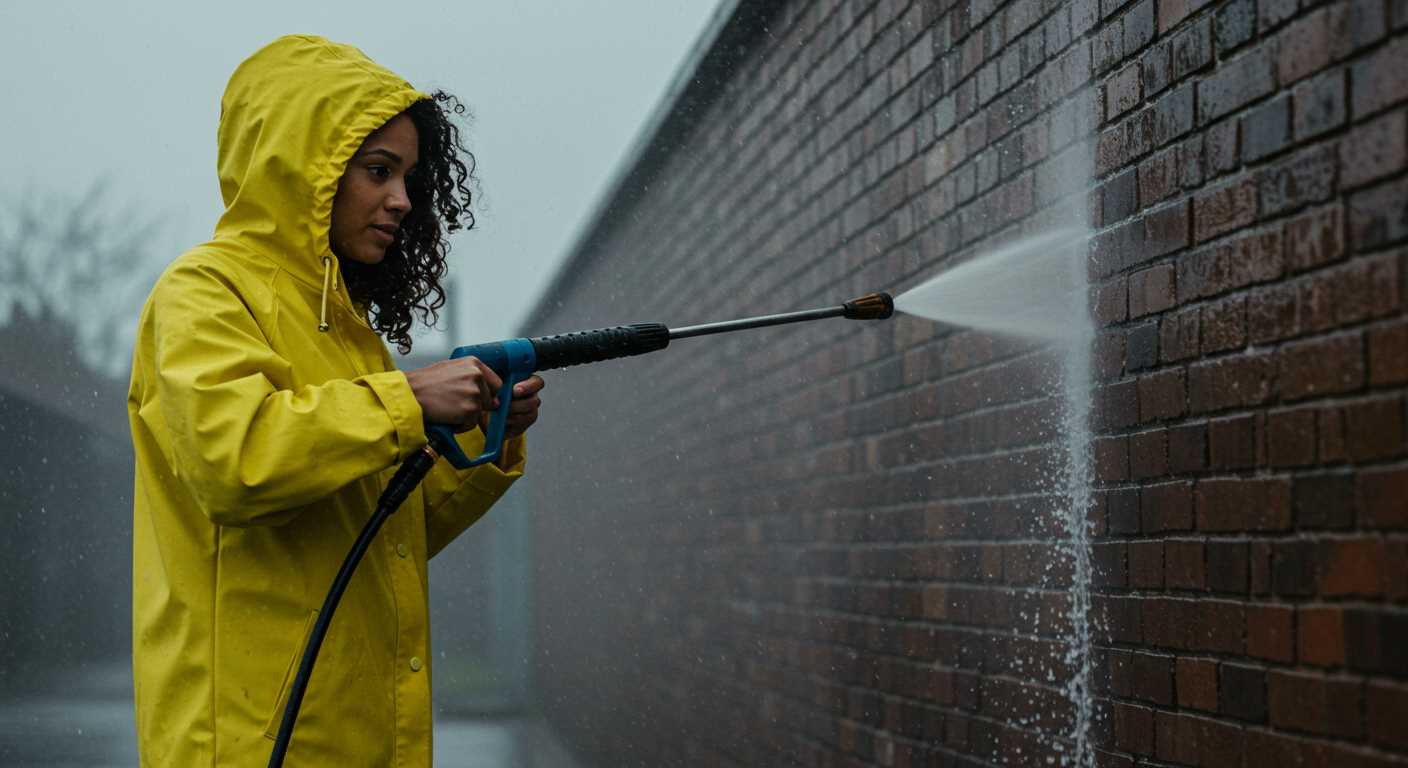
Using a protective sealant can greatly reduce the likelihood of debris adhering to surfaces. Look for breathable options that allow moisture to escape while providing a barrier against dirt. Apply as follows:
- Ensure surfaces are completely dry before application to prevent trapping moisture.
- Choose a sealant specifically formulated for exterior use to withstand the elements.
- Follow manufacturer instructions for application techniques, layers, and drying times.
Regular Inspections and Maintenance Schedule
Perform inspections every few months. This proactive approach helps identify problem areas before they worsen. Incorporating a cleaning schedule into home maintenance can streamline efforts:
- Check for organic growth like moss or algae; if spotted, tackle it immediately.
- Inspect for cracks or damages that could allow moisture infiltration.
- Schedule deep cleaning sessions at least bi-annually, ideally before winter and after spring.
Utilising these protective measures significantly enhances durability and appearance, ensuring that the features remain in great condition for years to come.
FAQ:
Can I safely clean my fascias and soffits using a pressure washer?
Yes, you can clean fascias and soffits with a pressure washer, but it is important to take certain precautions. Use a low-pressure setting to avoid damaging the surfaces, as high pressure can cause water to enter your home or strip paint. Always ensure any electrical connections or fixtures around these areas are covered or protected from water. It may also be a good idea to test a small area first to see how the material reacts before proceeding with the entire cleaning.
What other methods can I use to clean fascias and soffits if I don’t have a pressure washer?
If you don’t have access to a pressure washer, there are several other methods for cleaning fascias and soffits. You can use a bucket of warm soapy water and a soft brush to scrub the surfaces manually. Additionally, a ladder or extendable pole can help you reach higher areas safely. For stubborn stains or grime, a mild vinegar solution can be effective. Just make sure to rinse thoroughly with clean water after cleaning to avoid any residue.
How often should I clean my fascias and soffits?
The frequency of cleaning fascias and soffits depends on your local environment and exposure to elements. Generally, it is advisable to clean them at least once a year, ideally in spring or autumn. If you live in an area with heavy rainfall or where trees shed leaves frequently, you may need to clean them more often to prevent the build-up of moss, dirt, and debris. Regular cleaning helps maintain the appearance of your home and prevents long-term damage from dirt accumulation.
Are there any risks involved in using a pressure washer for cleaning?
Yes, there are some risks associated with using a pressure washer to clean fascias and soffits. The primary risk is damaging the material if the pressure is too high, which could lead to cracks or water ingress. Additionally, using a pressure washer on ladders can be risky if proper safety precautions are not taken, such as maintaining three points of contact. Always pay attention to the equipment settings and your working environment to minimise risks during the cleaning process.






